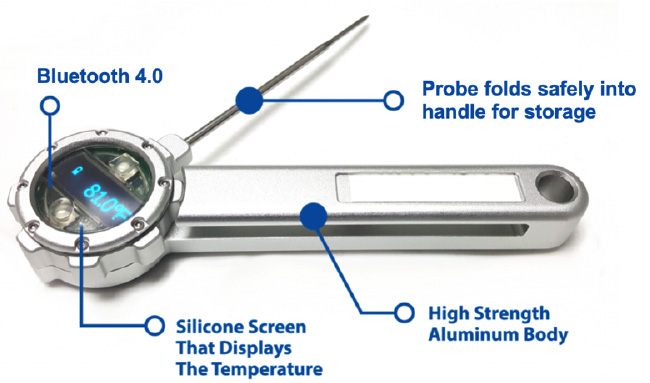When I began my career in the industry several decades ago, we used NCR (National Cash Register) cash registers and there were no point of sale (POS) systems. This meant we had to know the price of every single item on the menu and had to memorize the tax chart. And every cashier could make change without a calculator.
I can still recall the panic in my team’s eyes, years later, when our tech system would go down and they would have to break out the emergency kit with price lists, tax charts, calculators, pencils and paper to take orders from anxiously waiting guests. Things had definitely changed, and not having the security of that technology terrified them. Technology had arrived, and we had become completely dependent on it.
In 1985, a New York Times article written by technology columnist Erik Sandberg-Diment predicted the laptop would soon die off as it was just a “fad.” Of course, at the time, they were very heavy, inconvenient and expensive, and the Internet did not yet exist. Can you even imagine living in a world without Google?
He was wrong. Technology is here to stay, and it becomes more diverse, creative, necessary and economical every day. Those laptops I mentioned earlier used to cost nearly $8,000 before purchasing additional software. Today we can purchase one for several hundred dollars.
Even with all these technical advances over the past few decades, the food service industry is still hesitant to move away from pencil and paper. Change is scary and uncomfortable, therefore, many try to avoid it. But change is necessary, especially when lives are at stake. In the food service industry, training, education and technology are all imperative to protecting human life.
Employee training and certification are crucial. Without the proper training and education, employees could unintentionally make costly mistakes that could lead to foodborne illness outbreaks that could sicken (or even kill) customers. These foodborne illnesses could also lead to decreased revenues, hefty legal fees, lawsuits, diminished customer loyalty, loss of employees and a damaged reputation that could permanently shut your doors.
These costly and damaging food safety breaches often occur in restaurants and other food service areas due to a lack of (or inconsistent) employee training and certification. The CDC reports that 48 million Americans become sick, 128,000 are hospitalized, and 3,000 die from foodborne diseases yearly. Food safety breaches are expensive ($55.5 billion annually in the U.S. alone).
Therefore, investing in food safety training is one of the smartest things a brand can do to protect its business.
The CDC recommends that restaurants require kitchen manager food-safety certification from high-quality training programs. Studies show that restaurants with kitchen managers certified in food safety were less likely to have foodborne illness outbreaks. Providing employees with this basic knowledge is doing your due diligence as a business owner.
Employee turnover is higher than usual since the COVID pandemic, and hourly employee (crew, kitchen manager, service manager) turnover is around 194% in our industry. Tracking the training for all these employees as they come and go is virtually impossible unless you have a reliable system. Pencil and paper will not suffice. Accurate, reliable tracking requires digital technology. It is not humanly possible to accomplish everything necessary in today’s world without it, especially with the global labor shortages that continue to plague food businesses.
Restaurants and other food businesses should leverage a digital software program that can track employee hire dates, active employment dates, regulatory compliance certifications, in-house training certificates, and expiration dates, and keep copies of the certificates on file. These systems can save hours of employee labor, keep all the appropriate data in one location, allow uploading data from spreadsheets, lower food costs, increase accuracy, and more. With the FDA’s emphasis on digital technology in the New Era of Smarter Food Safety, these platforms are exactly what you need to improve morale, confidence, food safety culture and your overall operations.
Food safety training and education have never been more critical to the food service industry than they are today. It’s the wisest investment a food service establishment can make, protecting their communities, customers, employees and brand. Without investing in this training, it’s not a matter of if, but when, disaster will strike and what the damage will be. No one is immune; some of the biggest names in the industry have been impacted by foodborne illness outbreaks. Don’t let it happen to you; invest wisely.












